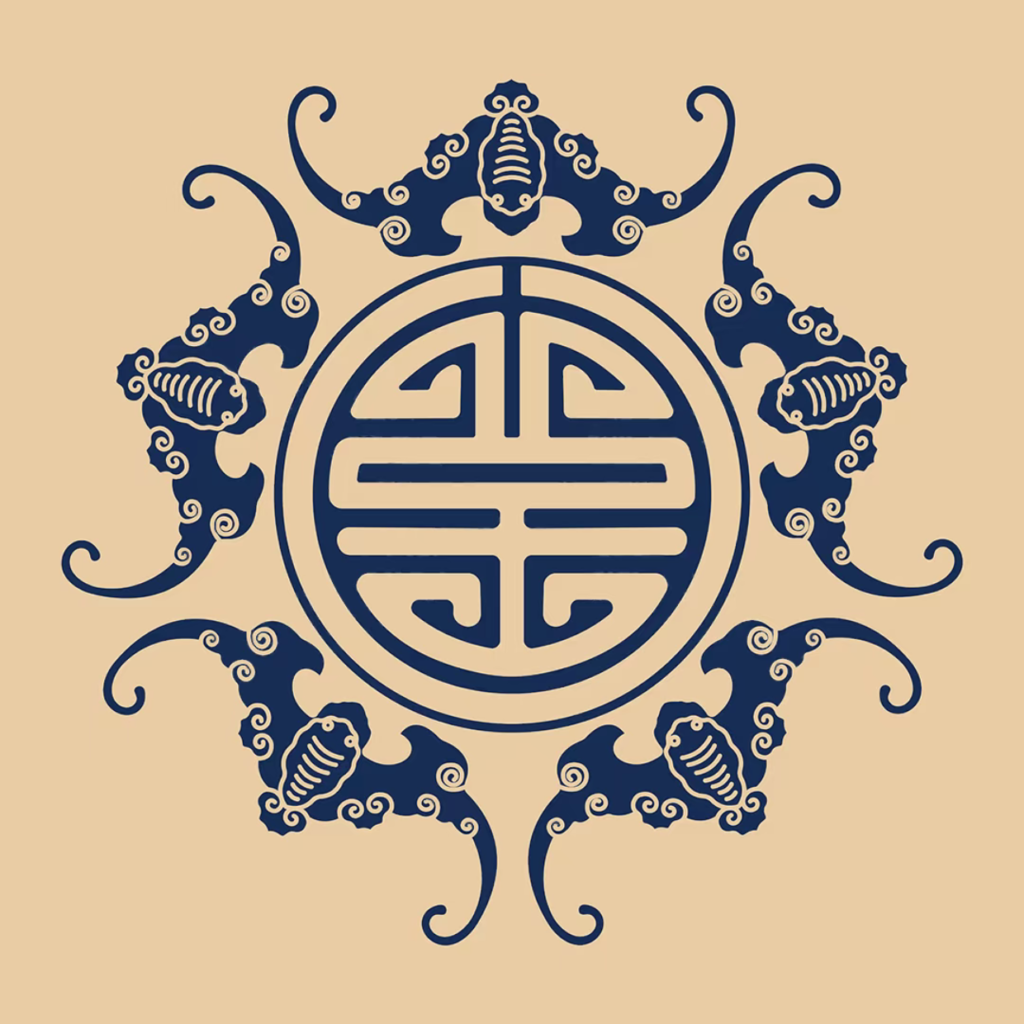
In Chinese tradition, bats carry a meaning quite distinct from their dark, ominous image in many Western cultures. Rather than being feared, bats are celebrated as auspicious creatures—symbols of good fortune, longevity, and blessings. This positive association stems from rich linguistic, cultural, and artistic roots that span centuries.
Why Is the Bat Associated with “Good Fortune” in Chinese?
The word for “bat” in Chinese is 蝠 (fú), which shares the same pronunciation as 福 (fú), meaning “blessing” or “good fortune.” This phonetic coincidence has led bats to become widely recognized as emblems of happiness and prosperity. You’ll often see bat motifs in traditional Chinese patterns, often paired with symbols like coins, peaches, or clouds—each reinforcing auspicious meanings.
How Are Bats Depicted in Traditional Chinese Art?
In Chinese visual culture, bats are not depicted as sinister or frightening but as graceful creatures in flight, often shown in red—a color symbolizing joy and luck. From imperial palaces to porcelain bowls and embroidered robes, bat imagery appears in countless decorative forms. A common design is five bats circling a “shou” (寿) character, representing “Five Blessings” surrounding longevity.
What Is the Meaning Behind the Motif “Five Bats Bringing Blessings”?
This motif, known as “Wu Fu Lin Men” (五福临门) or “Five Bats Bringing Blessings to Your Door,” represents five key aspects of a fulfilling life as outlined in ancient texts like the Book of Documents (Shang Shu):
| Blessing | Chinese Term | Meaning |
|---|---|---|
| Longevity | 寿 (shòu) | A long life |
| Wealth | 富 (fù) | Financial prosperity |
| Health and Peace | 康宁 (kāng níng) | Physical and mental well-being |
| Virtue | 好德 (hǎo dé) | Moral integrity |
| Peaceful Death | 考终命 (kǎo zhōng mìng) | A graceful end to life |
Together, these five bats form a harmonious vision of a life well-lived.
Did Ancient Chinese People View Bats as Auspicious in Real Life?
Yes, despite their nocturnal habits, bats were admired in ancient China. Their ability to fly high and appear during twilight gave them an almost mystical quality. Farmers appreciated bats for eating insects and protecting crops, further reinforcing their positive status in daily life. This practical usefulness made them both symbolic and beneficial creatures.
Are There Any Misunderstandings About Bats in Modern Chinese Culture?
With increasing exposure to Western media, modern audiences—especially younger generations—may associate bats with darkness or fear. However, traditional bat imagery remains prevalent in Chinese celebrations, particularly during the Lunar New Year, where red bat patterns often appear in paper cuttings, embroidery, and gift packaging. These designs continue to express heartfelt wishes for luck and well-being.
FAQ: Common Questions About Bats in Chinese Culture
Q1: Why are bats considered lucky in China?
Because the word “bat” (蝠, fú) sounds exactly like “blessing” (福, fú), making them linguistic symbols of good fortune.
Q2: What is the origin of “Five Bats Bring Blessings”?
It originates from classical philosophy, where five key blessings—longevity, wealth, health, virtue, and a peaceful end—are essential for a happy life.
Q3: Are bats still used as symbols in modern China?
Yes, bat motifs are still common in traditional design, especially during festivals and in antique-inspired home décor.
Q4: Do bats have negative meanings in any part of Chinese culture?
Generally no, though modern media may occasionally overshadow their traditional symbolism with Western-style interpretations.
